Wolf Creek 2: An interview with director Greg McLean
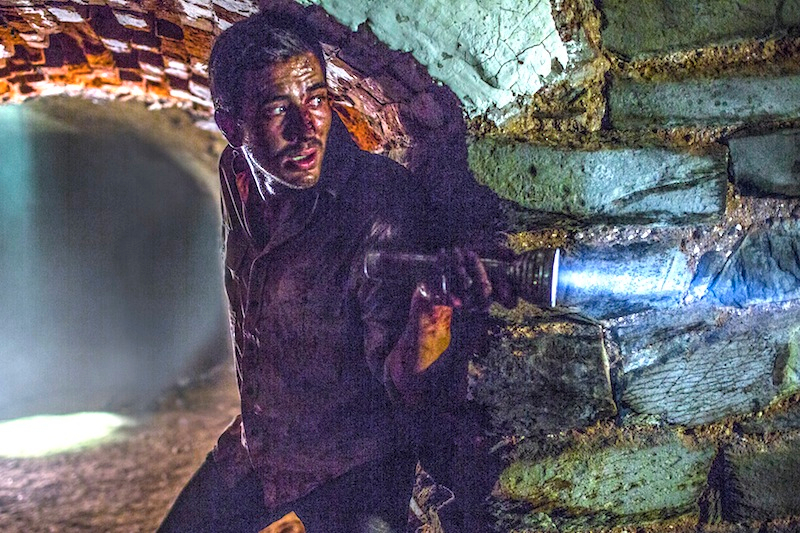
Greg McLean, director/writer of one of the most successful Australian movies of the decade, Wolf Creek, answered some questions about its sequel Wolf Creek 2, shown this week at the 70th Venice Film Festival.
How long have you been thinking about the sequel?
We were thinking about a sequel while we were making the first one. The idea was to create an ongoing horror character like a Freddie or Halloween and then if Wolf Creek worked, which it did, keep him going on through other movies. So he’s always had the potential of being a sequalised character.
How does Wolf Creek 2 differ from the original?
The first film operates almost entirely on the idea of implication. Most of the horror and all of Micks character is implied to the audience. You only see the edges and things get hinted at. So for the sequel I thought it was really important to show these things – so in this film we show where he lives and what he’s been doing. You need to demonstrate all those things we implied to really demonstrate the scale of the horror – for example we see his home – the lair, which is essentially a twisted play room for a psychopath.
Because you know Mick is the bad guy – you have to structure the film in a different way – you need to say ‘”he back” and let the next story to unfold. Like the first, the tone of this film feels authentic and believable but it’s much more cinematic. This film does things that are much more heightened. Throughout we continue to play within the genre – some parts are like a Weston, some are a chase film…
On the character…
John Jarratt is a crucial part of Wolf Creek – he’s the other half of the equation to the landscape. Mick is the kind of Australia that used to exist. In reapproaching the character and reviving the film it was important to develop him further. Because the character of Mick exists in a very taboo area it actually allows people making the film to access an area that they don’t normally let out. The set is definitely affected by that. Mick has a tendency to permeate the attitude of production – everyone’s different – you have to access a darker space to create a character and a film like this.
Could you describe some of the locations?
This was shot in South Australia like the first one. Again, we really wanted to show the epic landscape. We shot in Hawker for a few weeks – it’s a great town – like the gateway to the outback. It’s uniquely positioned so that every direction you travel there is a completely different landscape – mountains, fields, forest, desert, so within half an hour drive you can have half a dozen different locations. The main challenge was the heat – it was hot in a way that I haven’t experienced before. The whole area is also a wildlife park, so there were 1000s and 1000s of kangaroos which caused different kind of problems.
Then we shot in Port Parham for two weeks of night shoots which were challenging in their own way.
The other great location we found was the old farmhouse in Port Wakefield – we were just driving along the highway to another location and in the middle of nowhere there is this glorious and slightly dishevelled farm house. It was a real find. Plus there is Mick’s lair which is a network of real underground tunnels in Burra that a lot of the locals said they were haunted. Then we scatted Mick’s dead prey in them, so they felt pretty eerie.
Then after about five weeks of locations we made our way back to the city and ended up at the old Hendon studio on where we shot the first movie.
How do you define what the film is fundamentally about?
There are some unusual parallels in terms of what the film is dealing with socially at the moment. The horror at the heat of the film is an old world form of racism – where people are terrified of people from other places in the world. At the moment in the media there are an enormous amount of stories dealing with the very same concept. There are extremely intense race related issues happening all over the world.
The film at its heart is about a character from one kind of world meeting a group of characters from another type of world. The old meets, the modern, the city meets the country. All of these quite primary notions colliding. The comedy versions of this of course is City Slickers, the horror version is Wolf Creek or Deliverance. A story in which these worlds collide is either comedic or horrific and in Wolf Creeks case it’s horrific – these two things cannot coexist, one has to die. This film also has an intense magnifying glass on that concept – what’s at the heart of the Australian xenophobia. What really is the essence of intense racism in Australia? The first film only hinted at this, while Wolf Creek 2 really is a chance to explore what’s at the heart and take audiences inside that.
How did you cast the new characters?
Paul is in a sense the main character of the film. It has the challenge of arriving half way through the film to an already emotional story. He has to take over and command the movie. It’s a tough challenge so we needed a supremely confident and talented actor – someone who is likable and who can communicate without a lot of dialogue. And Ryan had all those qualities. As well as maintaining a level of truth in his performance in very intense situations.
Much like the first film – all the actors had to have realism to their performance. It was a real challenge to find two English speaking and German speaking actors who were fluent in both. In Shannon and Philippe we found two extraordinary actors who fit that criteria – plus they had worked together before so had an immediate connection.
This is your first writing collaboration. What was it like working with Aaron Sterns?
The first screenplay I wrote myself, this one is co-written by Aaron Sterns and it worked very well. I usually have the bigger ideas and Aaron is very disciplined about playing within the rules, setting up the rules and being consistent. They’re completely opposite skills. It was fun working together and a very good process. It’s been an ongoing collaborative development of the idea it and it doesn’t stop until the film is finished.
The editorial unit
For further information on the 70th Venice Film Festival visit here.
Follow our daily reports from the Venice Film Festival here.

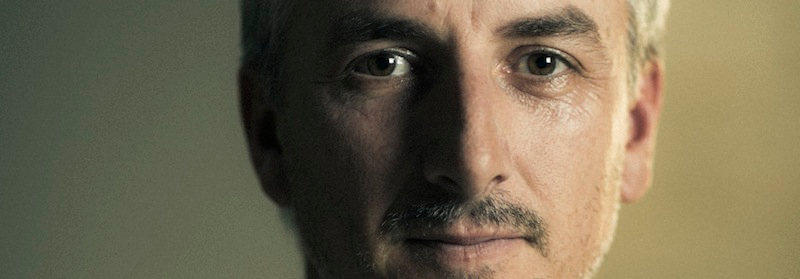
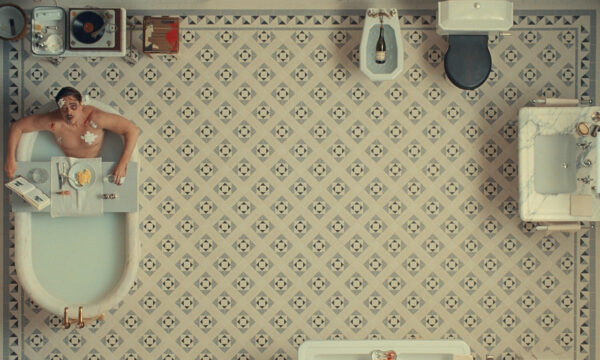
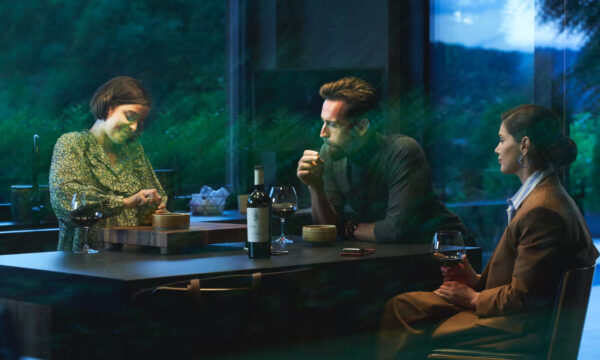
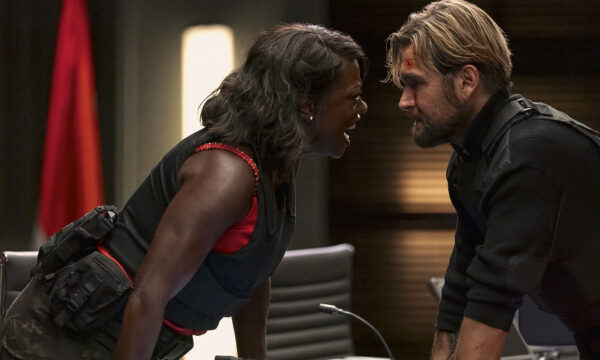
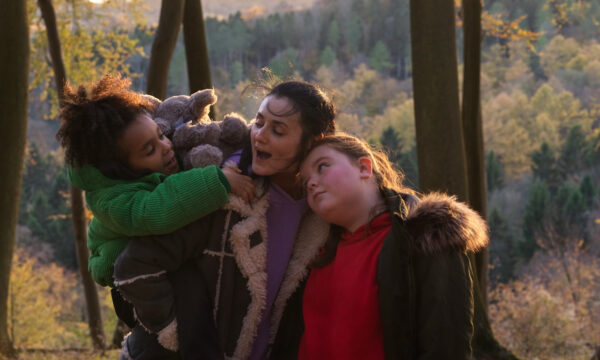
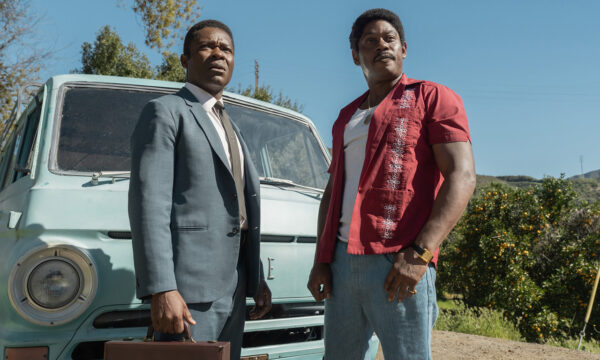
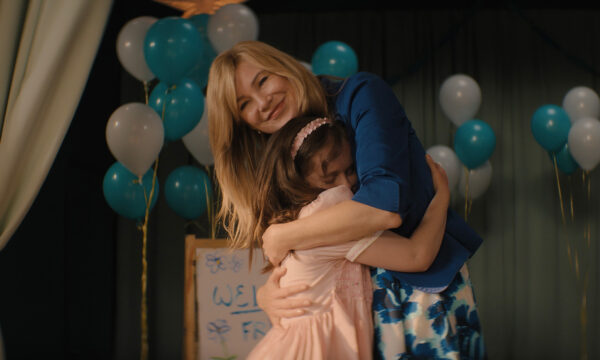
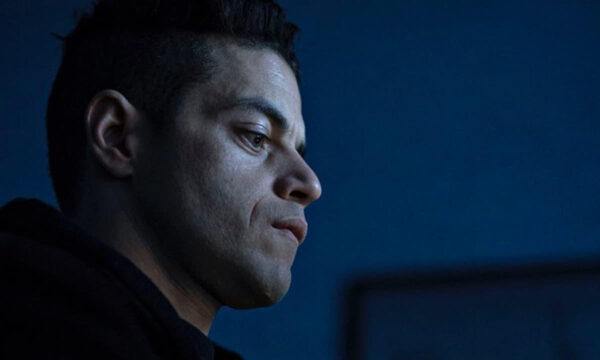
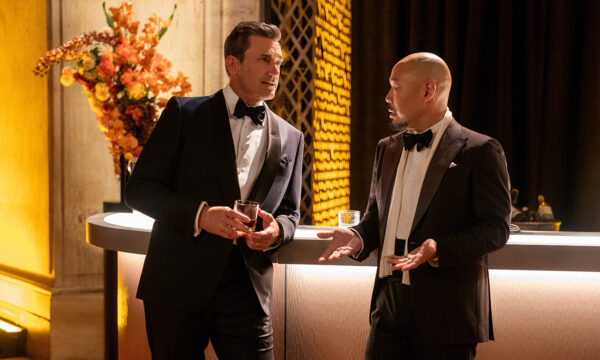
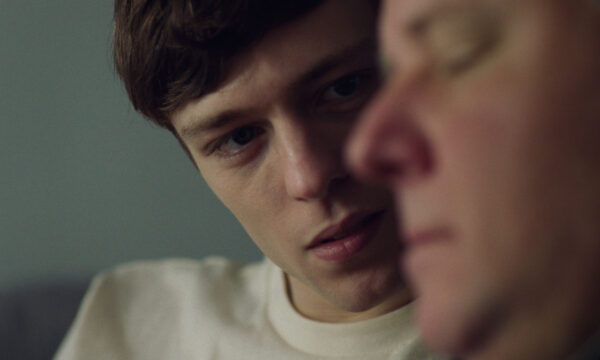












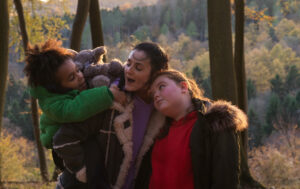

Facebook
Twitter
Instagram
YouTube
RSS